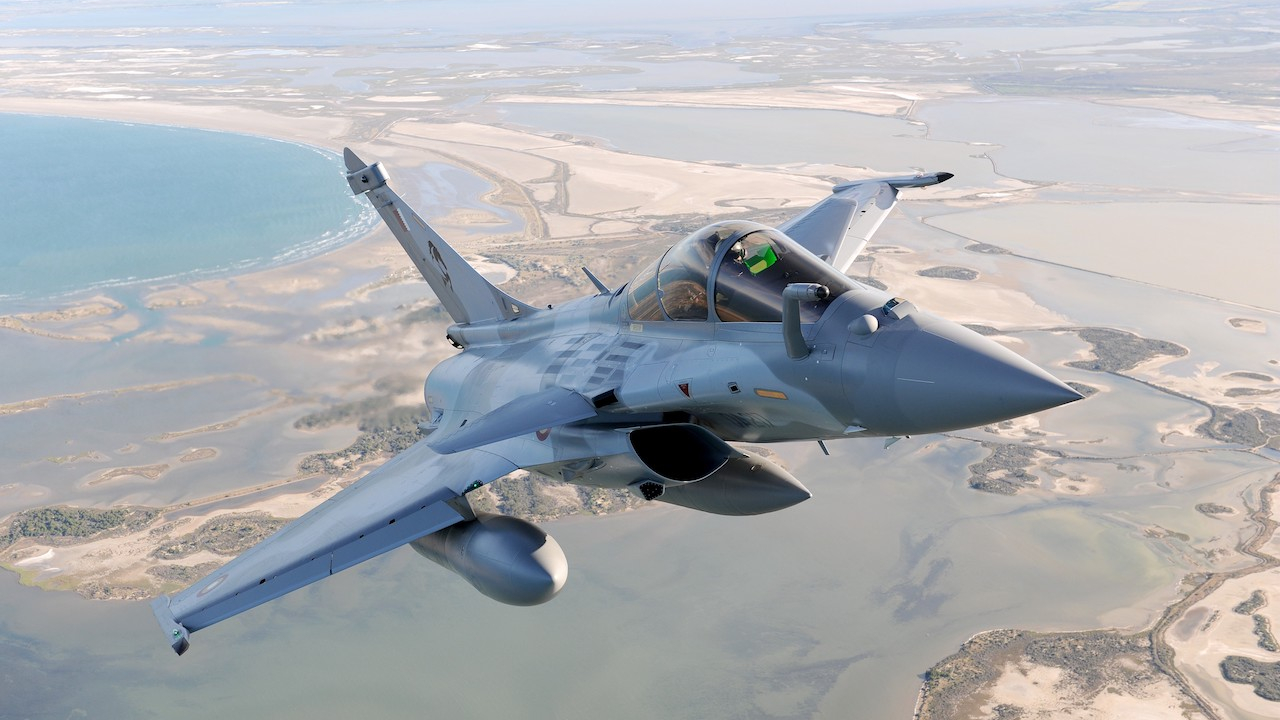First Iraqi Instructor pilot leads the way towards self-sustaining Iraqi air force

There are currently 18 Iraqi students enrolled in flight training, and Hussein hopes to train 30 T-6 instructor pilots. This train-the-trainer goal would enable the Iraq air force to sustain flight training long after the scheduled U.S. transition out of Iraq in December.
The US military says that the Iraqi Air Force has taken a major step forward to self-sustainment after it hosted its first T-6 Texan trainer aircraft program management review at New Al Muthana Air Base in March
The conference brought together more than 30 representatives from various U.S. and Iraqi government agencies including the U.S. T-6 Program Office, U.S. contractors, the Air Force Security Assistance Training Program Office, the Air Force Metrology and Calibration Program Office, Iraq Security Assistance Mission, Iraq Training and Advisory Mission, and the Iraqi air force functional and squadron leadership.
"Every requirement was thoroughly discussed with a total understanding of what was required to meet the mission objectives by both the U.S. Air Force and Iraq air force," said Maj. John Creighton, the Iraq training and advisory mission - air deputy director of aircraft maintenance.
"The Iraq air force and the T-6A programme are well on their way to leading the country in the fulfilling role of developing Iraqi pilots and maintenance technicians," he said
Iraq air force officials planned and led the agenda to discuss the support and sustainment needed for the T-6 aircraft in Iraq. The discussion covered a myriad of training issues to include: pilot flight hours, aircraft maintenance, logistics and supply, precision measurement equipment and several other required support functions.
"We discussed Iraqi leadership expectations, future sustainment planning and operational and maintenance training requirements," Creighton said. "Our efforts clarified plans and requirements for future Iraqi air force training and operational developments."
The Iraqi air force received its first four T-6As in December 2009, followed by four more in February 2010 three more were
delivered before the end of the year. 16 in total were ordered from Hawker Beechraft.
These additional planes will help the Iraqi air force reach its goal of developing a self-sustaining pilot training program by increasing its capability to train new pilots and strengthening the foundation for a professional, credible and enduring Iraqi air force, said U.S. Air Force Maj. Eric Weingaertner, a training advisor with Iraq Training and Advisory Mission - Air Force.
The Iraqi Air Force College opened its doors for classes in Tikrit March 11 last year.
The T-6 is recognised as being versatile, safe, and effective for the most basic flight training tasks. With a top speed of 316 knots, a 7G to 3.5 G airframe, and an advanced digital cockpit, it is equally adept at teaching the most advanced aerobatic manoeuvres and simulated combat training tasks—tasks that could previously be accomplished only in far more expensive aircraft.
To date, Hawker Beechcraft’s T-6 military trainer has been used to train pilots and navigators from approximately 20 different countries. The aircraft currently serves as the U.S. Air Force and U.S. Navy primary training aircraft, as well as the primary trainer for the NATO Flying Training Canada program and the Hellenic Air Force of Greece as well as Iraq.
Stay up to date
Subscribe to the free Times Aerospace newsletter and receive the latest content every week. We'll never share your email address.

